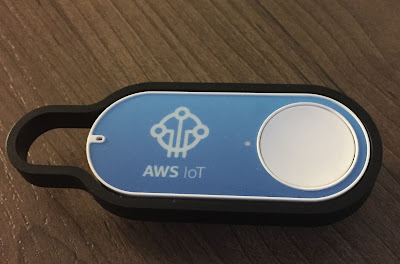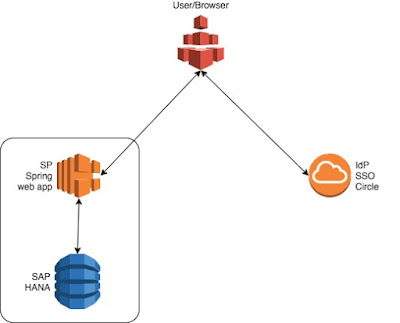In this blog, I’ll look at what it takes to create an enterprise geodatabase for HANA, enable it and copy some feature classes from another enterprise geodatabase into the HANA one. I’ll discuss the creation and loading of utility models in another post.
As many of you know, the ArcGIS platform has been able to access tables in HANA using query layers since ArcGIS Server and Desktop – 10.3 and Pro 1.2 were released in 2014. This enabled spatial data in HANA to be consumed and updated by the ArcGIS platform. As of ArcGIS Server 10.3.1, feature services against HANA were supported. This is commonly known as an agile spatial datamart or “sidecar” scenario.
As many of you know, the ArcGIS platform has been able to access tables in HANA using query layers since ArcGIS Server and Desktop – 10.3 and Pro 1.2 were released in 2014. This enabled spatial data in HANA to be consumed and updated by the ArcGIS platform. As of ArcGIS Server 10.3.1, feature services against HANA were supported. This is commonly known as an agile spatial datamart or “sidecar” scenario.








